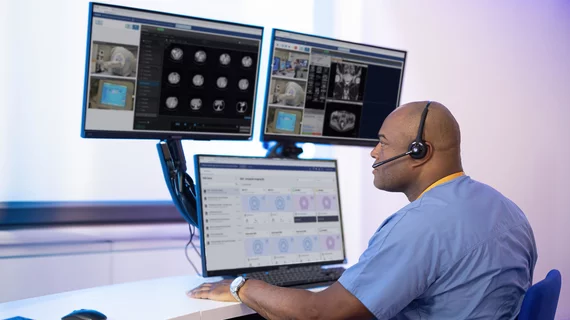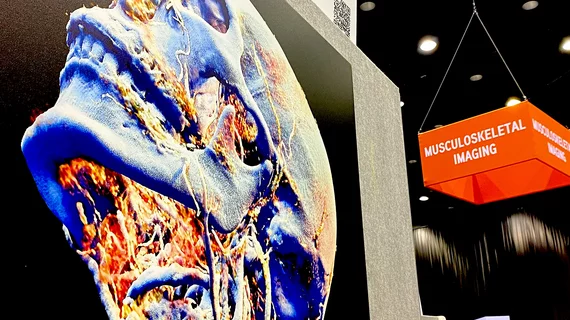ROCHESTER, N.Y., May 23 – Carestream Health has received an Innovative Technology contract from Vizient, Inc., for its CARESTREAM OnSight 3D Extremity System. Vizient is the largest member-driven health care performance improvement company in the country. The contract was based on a recommendation of Carestream’s OnSight 3D Extremity System by hospital experts with expertise in this category who serve on one of Vizient’s member-led councils. Innovative Technology contracts are reserved for technologies that demonstrate an ability to enhance clinical care or patient safety, and those that improve an organization’s care delivery and business model.





